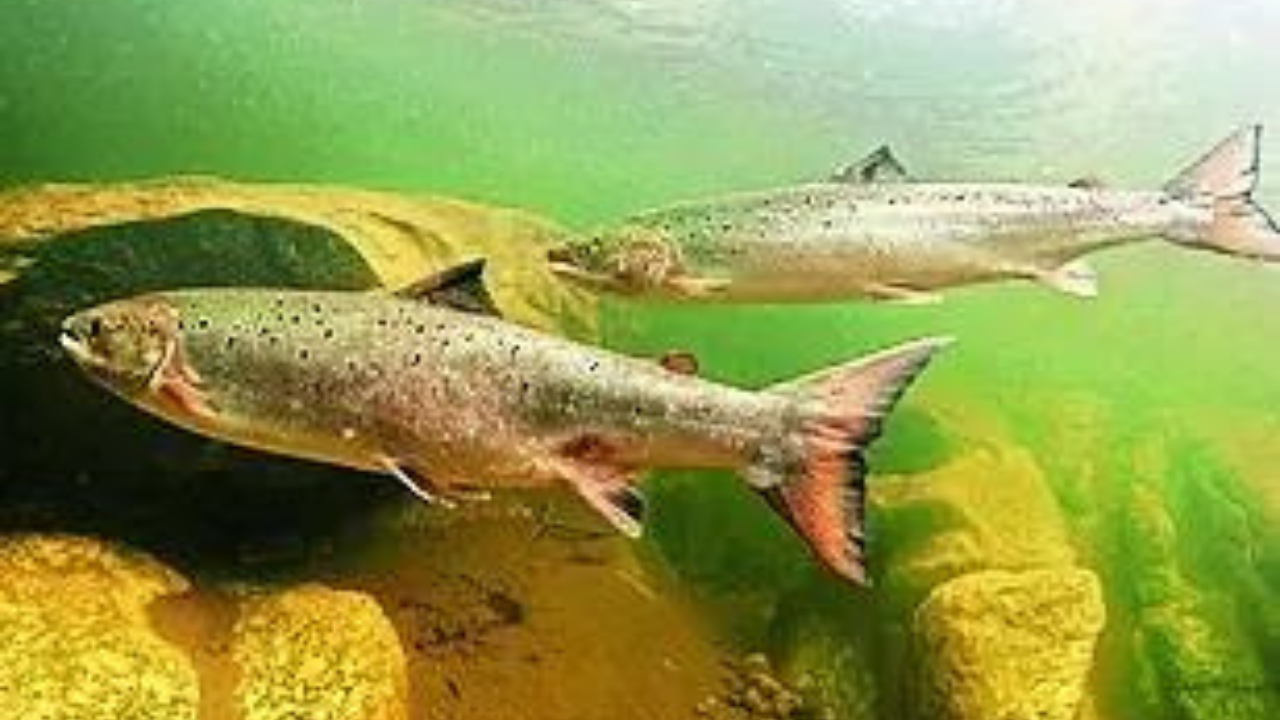World
US spends most money for endangered species on a few creatures

[ad_1]
BILLINGS (MONTANA): Since passage of the Endangered Species Act 50 years ago, more than 1,700 plants, mammals, fish, insects and other species in the US have been listed as threatened or endangered with extinction. Yet federal government data reveals striking disparities in how much money is allocated to save various biological kingdoms.
Of the roughly $1.2 billion a year spent on endangered and threatened species, about half goes toward recovery of just two types of fish: salmon and steelhead trout along the West Coast.Tens of millions of dollars go to other widely known animals including manatees, right whales, grizzly bears and spotted owls. But the large sums directed toward a handful of species means others have gone neglected, in some cases for decades, as they teeter on potential extinction.
At the bottom of the spending list is the tiny Virginia fringed mountain snail, which had $100 spent on its behalf in 2020, according to the most recent data available. The underground-dwelling snail has been seen only once in the past 35 years, according to government records, yet it remains a step ahead of more than 200 imperiled plants, animals, fish and other creatures that had nothing spent on their behalf.
With climate change increasing threats to organisms around the planet and adding to the number that qualify for protection under the Endangered Species Act, officials are struggling in many cases to execute recovery actions required under the law. Scientists even argue for spending less on costly efforts that may not work and putting the money toward species with less expensive recovery plans. “For a tiny fraction of the budget going to spotted owls, we could save whole species of cacti that are less charismatic but have an order of magnitude smaller budget,” said Leah Gerber, a conservation professor at Arizona State University.
An Associated Press analysis of 2020 data found fish got 67% of the spending, the majority for several dozen salmon and steelhead populations in California, Oregon and Washington. Mammals were a distant second with 7% of spending and birds had about 5%. Insects received just 0.5% of the money and plants about 2%. Not included in those percentages is money divided among multiple species.
Species drawing no spending included stoneflies threatened by climate change in Montana’s Glacier National Park, the California tiger salamander that has lost ground to development and flowering plants such as the scrub lupine around Orlando, Florida, where native habitat has been converted for theme parks.
Of the roughly $1.2 billion a year spent on endangered and threatened species, about half goes toward recovery of just two types of fish: salmon and steelhead trout along the West Coast.Tens of millions of dollars go to other widely known animals including manatees, right whales, grizzly bears and spotted owls. But the large sums directed toward a handful of species means others have gone neglected, in some cases for decades, as they teeter on potential extinction.
At the bottom of the spending list is the tiny Virginia fringed mountain snail, which had $100 spent on its behalf in 2020, according to the most recent data available. The underground-dwelling snail has been seen only once in the past 35 years, according to government records, yet it remains a step ahead of more than 200 imperiled plants, animals, fish and other creatures that had nothing spent on their behalf.
With climate change increasing threats to organisms around the planet and adding to the number that qualify for protection under the Endangered Species Act, officials are struggling in many cases to execute recovery actions required under the law. Scientists even argue for spending less on costly efforts that may not work and putting the money toward species with less expensive recovery plans. “For a tiny fraction of the budget going to spotted owls, we could save whole species of cacti that are less charismatic but have an order of magnitude smaller budget,” said Leah Gerber, a conservation professor at Arizona State University.
An Associated Press analysis of 2020 data found fish got 67% of the spending, the majority for several dozen salmon and steelhead populations in California, Oregon and Washington. Mammals were a distant second with 7% of spending and birds had about 5%. Insects received just 0.5% of the money and plants about 2%. Not included in those percentages is money divided among multiple species.
Species drawing no spending included stoneflies threatened by climate change in Montana’s Glacier National Park, the California tiger salamander that has lost ground to development and flowering plants such as the scrub lupine around Orlando, Florida, where native habitat has been converted for theme parks.
#spends #money #endangered #species #creatures






